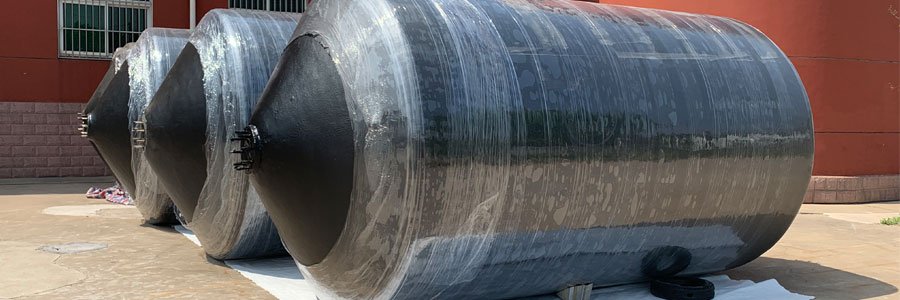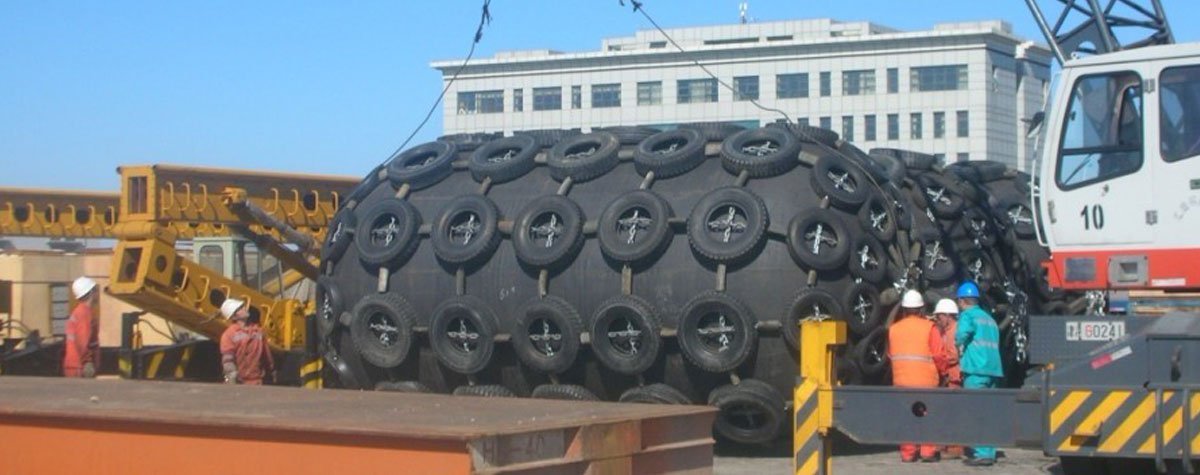Foam-filled fender
Foam fender is a high-performance fender that has attracted more and more attention. Take it apart to see the structure inside. It consists of an inner steel core, a closed-cell foam layer, a reinforcing cord layer and an outer elastomer surface layer.
The outer elastomer surface layer is usually made of a corrosion-resistant polyurea coating.Generally speaking, for ships, the "closed-cell foam" used in these fenders are usually materials such as EVA or PE .The full name of EVA foam material is Ethylene Vinyl Acetat, which is a fairly environmentally friendly plastic packaging material and relatively new. EVA is characterized by good softness, rubber-like elasticity, good flexibility at -50°C, good transparency and surface gloss, good chemical stability, good anti-aging and ozone resistance , Non-toxic. The foam fender sold by SunHelm is the EVA foam inner core.PE (polyethylene plastic) foam is a high-molecular low-density foam material. It is made of polyethylene resin as the main body, adding foaming agent, crosslinking agent and other additives. Stable chemical properties, toughness, flexibility, friction resistance, is an ideal cushioning materialFoam fenders in marine applications are usually EVA or PE foam.The biggest characteristic of these two materials is first of all their resistance to water absorption. This means that they do not absorb water, so they are very suitable for marine use. In addition, both generally provide effective energy absorption and good chemical resistance.The weight absorption ratio is quite good, so they are used as fenders. If the weight is too heavy, they will be difficult to deploy.
It has the advantages of good moisture resistance, buffering, chemical corrosion resistance, etc., and does not absorb water.

The pneumatic fender is made of rubber and reinforced cord layers. Because of its high performance and affordable price, it has always been popular in the marine transportation industry.This kind of fender needs to be inflated when used to absorb collision energy during berthing.Similar to foam fenders, these rubber floating fenders are relatively light (in terms of their size) and provide excellent cushioning due to the internal gas filling.

